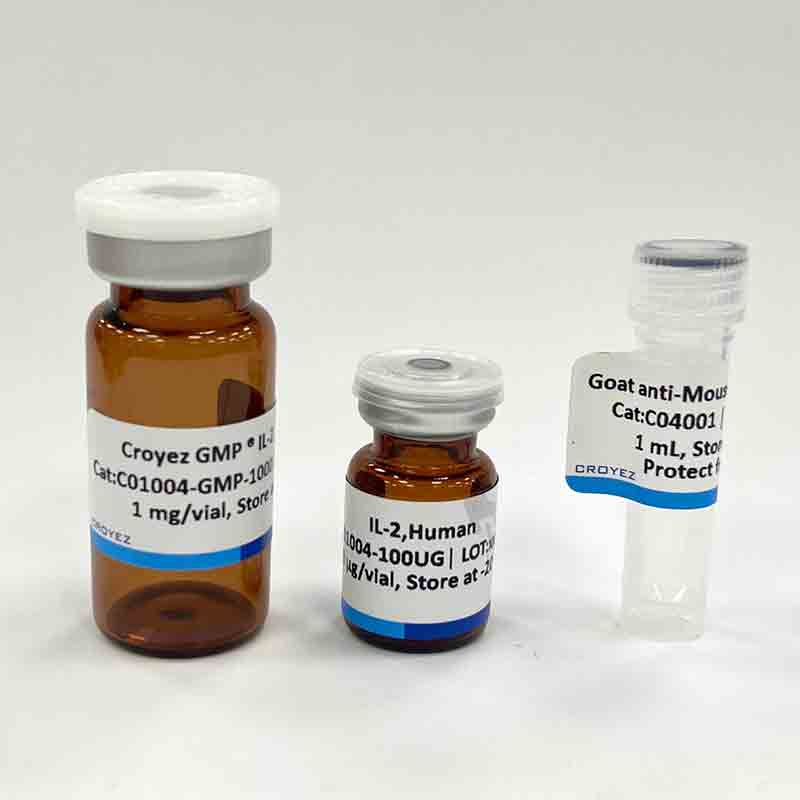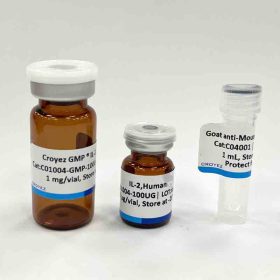FGF-5 is a member of the fibroblast growth factor (FGF) family. FGF family members possess broad mitogenic and cell survival activities and are involved in a variety of biological processes, including embryonic development, cell growth, morphogenesis, tissue repair, tumor growth, and invasion. In the nervous system, FGF-5 has been most often identified in neurons associated with the limbic system, notably in neurons of the olfactory bulb and pyramidal cells of the hippocampus. Hippocampal FGF-5 is suggested to serve as a neurotrophic and differentiative factor for cholinergic and serotonergic neurons projecting to this region.
Sequence:
MAWAHGEKRLAPKGQPGPAATDRNPIGSSSRQSSSSAMSSSSASSSPAASLGSQGSGLEQSSFQWSPSGRRTGSLYCRVGIGFHLQIYPDG
KVNGSHEANMLSVLEIFAVSQGIVGIRGVFSNKFLAMSKKGKLHASAKFTDDCKFRERFQENSYNTYASAIHRTEKTGREWYVALNKRGKAK
RGCSPRVKPQHISTHFLPRFKQSEQPELSFTVTVPEKKNPPSPIKSK IPLSAPRKNT NSVKYRLKFR FG with polyhistidine tag at the
C-terminus
Source:
Escherichia coli
Endotoxin Test:
<0.1 EU per 1 μg of the protein by the LAL method.
Activity:
Measure by its ability to induce 3T3 cells proliferation. The ED50 for this effect is <0.7 ng/mL. The specific activity of recombinant human FGF-5 is >1.4 x 106 IU/mg.
Purity:
>95% as determined by SDS-PAGE. Ni-NTA chromatography
Formulation:
The protein was lyophilized from a solution containing 1X PBS, pH 8.0.
Reconstitution:
It is recommended to reconstitute the lyophilized protein in sterile H2O to a concentration not less than 100 μg/mL and incubate the stock solution for at least 20 min to ensure sufficient re-dissolved.
Storage:
Lyophilized protein should be stored at -20°C. Upon reconstitution, protein aliquots should be stored at -20°C or -80°C.
Note:
Please use within one month after protein reconstitution.





